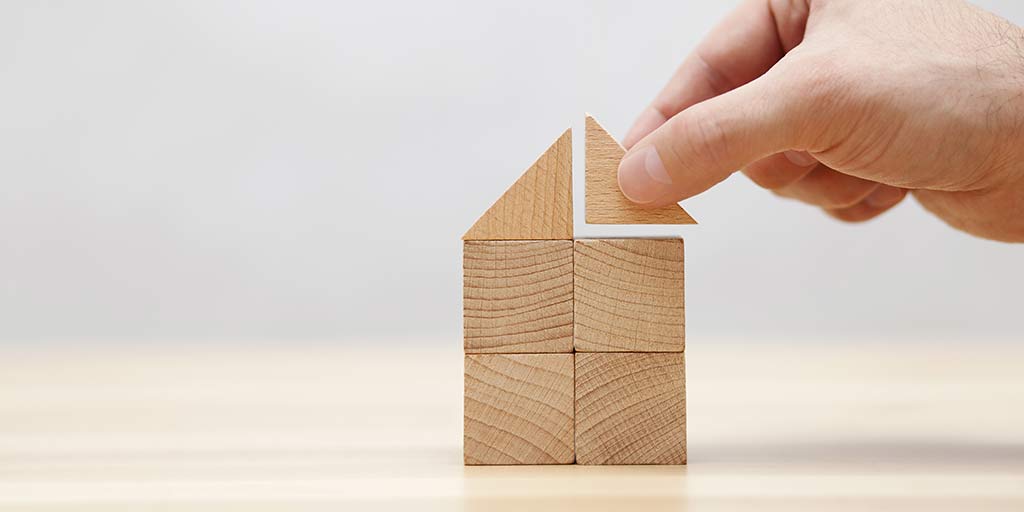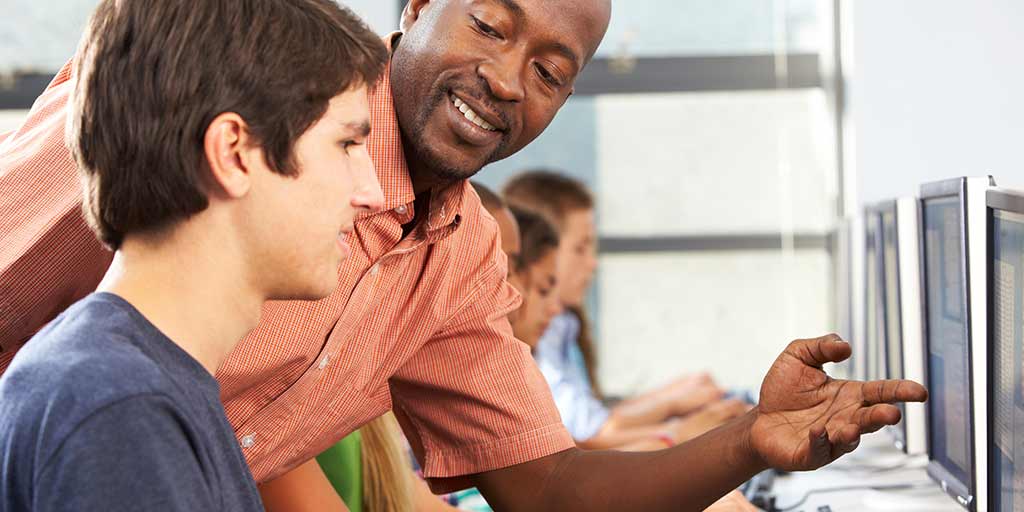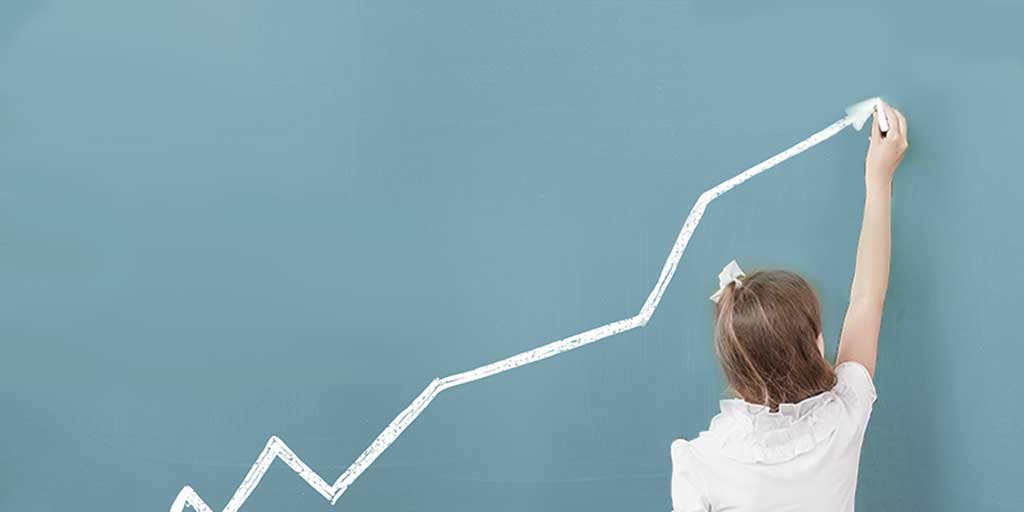How baseline assessments can support you when schools return
The COVID-19 crisis has caused widespread school closures in 188 countries and 1.7 billion children, young people and their families have been...

Login | Support | Contact us
Cambridge Insight : Nov 28, 2020 1:50:36 PM
2 min read

There is no research that can show us what the educational impact of COVID-19 school closures might be. Never in our lifetimes have so many schools for so many children been closed.
Seasonal learning and summer learning loss is well documented and shows achievement typically slowing or declining over the summer months. The decline tends to be steeper for maths than for reading, with some pupils returning to schools after their summer holidays having lost ground by up to two or three months, with disadvantaged children lagging behind their better-off peers.
Even a relatively short period of missed school, for example due to illness, will have consequences for learning development.
But with students now facing up to six months without consistent, ongoing guidance from their teachers and the structure offered by a classroom, and with 55% of teachers from the most disadvantaged areas reporting concerns that their students are learning for less than one hour each day, researchers have estimated that disadvantaged students could be facing learning losses of between four and six months.
Despite schools working flat out to ensure students have access to teacher support and materials, and that parents are given the best advice and support, it is clear that not all students will have the benefit of sufficient study space, computers, internet or general support and encouragement to surround them with learning opportunities outside of the classroom.
Inevitably there will be substantial variance in levels when students do return to school. Teachers will face pressures to make up for lost time and cover the curriculum in a reduced time-frame, fill unpredictable gaps in learning, help students re-establish learning behaviours and recover the ‘learning habit’.
Unsurprisingly, among all of the disruption and uncertainty, there is now a lot of attention being paid to how we might tackle such learning loss and prevent the ‘wave of educational poverty.
We know that a range of intensive action needs to be taken by the government and by schools to help learners make up the loss.
Among other considerations, there has been a call for a ‘catch-up premium’ of £700 to help vulnerable and disadvantaged secondary school students. Academics have urged the government to support a national tutoring service offering one-to-one tuition to help rebuild the loss in learning. Additional radical measures of adjusting the length of school holidays has also been suggested such as shortening the summer holidays to allow student to return to school earlier in the autumn.
There is also a call for the use of data to help teachers understand the amount of loss and where to start once students return. The data will help schools target resources and guide curriculum and instruction.
Accurate, valid and reliable assessment data can provide valuable information after a gap in school-based teaching. Assessments should be informative and not used for accountability purposes.
Research on summer learning loss may not tell us everything but it can offer some insights into the extent of the full impact of COVID-19 extended school closures on academic achievement.
The Centre for Global Development estimates summer learning loss to be around ‘10 – 25 % of yearly learning with children from poorer households disproportionately affected’, while a meta-analysis by Cooper et al (1996) showed the summer break was ‘more detrimental for maths than for reading and most detrimental for maths computation and spelling’.
Without good formative and diagnostic assessments, it will be difficult to know the extent of the COVID-19 learning loss, the scale of the challenge and where resources should be deployed to deal with it.

The COVID-19 crisis has caused widespread school closures in 188 countries and 1.7 billion children, young people and their families have been...

Enabling wider access to Higher Education by Laura da Costa In June of this year, a team of CEM researchers, at Durham University, travelled to...

Data has always played a critical role in making good decisions in commerce and in the health sector, but education has lagged behind a bit.